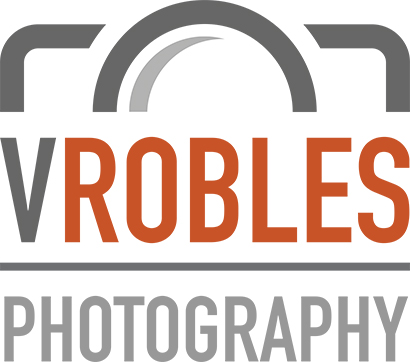Ten years ago I was not a good photographer.
I'm still working on that. A few hours before writing this, I took a picture of my coffee with my phone. I want to believe that the thought process before pressing the shutter was enough to make me a better photographer than yesterday.
But the ubiquity of the smartphone is a recent phenomenon. Ten years ago there were no iPhones. I didn't even fully understand my somewhat new digital camera. ("Could center-weighted average metering be the right choice for this shot?" ... Exactly.)
Suddenly I find myself on vacation in Spain. It was not my first time in Europe, but it was the first time I remember consciously deciding to photograph people. That can be a terrifying experience for some.
–"Excuse me, can I take your picture?"
You have to project yourself with security. You fear being rejected. What if there's no connection with the other person? If you think about it... Damn it, it's a micro blind date!
During a crazy night in Sevilla (Holy Week in Sevilla can only be described as crazy, in the best sense of the word) I had the chance to visit a flamenco tablao in the heart of the city. For a while, I was that guy, looking at the show through the viewfinder of my camera, worrying about center-weighted average metering.
A glass of wine later (that's a few minutes for you mortals) I decided to turn it off and just enjoy the show. The music, the dance, the movement, the passion... There was no way to capture any of that in a still image. Why bother?
There I was, absorbing everything, while transfixed on one of the main dancers. I had to take a picture of her, but... How? Her dress, her shoes, her hands, her face? I turned the camera back on and started following her for a while. (If you do it in front of everybody is not considered stalking, right?)
What would make a good image? [stomp, stomp...] There's too much going on. [stomp...] I would love to capture her hands, but if I could just have them on the front, maybe even covering part of her [stomp...] face...
[CLICK!]
The second after I released the shutter I knew I had the shot. I didn't even looked at the back of the camera. I had it. I didn't took a picture. I waited for what I really wanted. Probably for the first time, I made an image.
To this day it's one of my favorite photographs. It's on my wall. It's on other people's walls. Simple as it is, what it meant for me in that moment was very special. I was very proud of my "flamenco hands".
It wasn't until recently that I gave myself the task of finding out more about those flamenco hands. Where do I start? I don't even know her name. Can she still be in that place? What was the name of that place again? (10 years is a long time for someone with an undiagnosed case of crippling absent-mindedness.)
Well. Her name is Rocío Palacios. She's a dance and flamenco teacher in Sevilla, and was one of the main bailaoras at El Palacio Andaluz. And today the venue has a copy of the image.
(Thank you, Google.)
I still struggle approaching strangers for unsolicited photos. But more than ten years ago I "took pictures." Today I try to "make images." That's an important difference. And it started with those hands.
(Thank you, Rocío.)

